Editor’s Note: This month, that is July 2020, FII’s #MoodOfTheMonth is Feminism And Body Image, where we invite various articles about the diverse range of experiences which we often confront, with respect to our bodies in private or public spaces, or both. If you’d like to share your article, email us at pragya@feminisminindia.com.
The 1928 Amsterdam Olympics was witness to female participation in Olympic athletics for the first time. On August 2, nine women competed in the 800-meter event. The existing world record was broken by Lina Radke, Hitomi Kinue and Inga Gentzel, but the consequences were surprising. As the media incorrectly reported and exaggerated that the women collapsed past the finish line, the governing bodies (IAAF and IOC) decided to exclude women from running any distance greater than 200 metres. This ban, which quite literally arose out of the troubles of organised sport with the image of sweating and physically straining women was in place for 32 years. With time, expected body performances in sport have changed but the female body remains a hotly contested and debated one in the realm of sport.
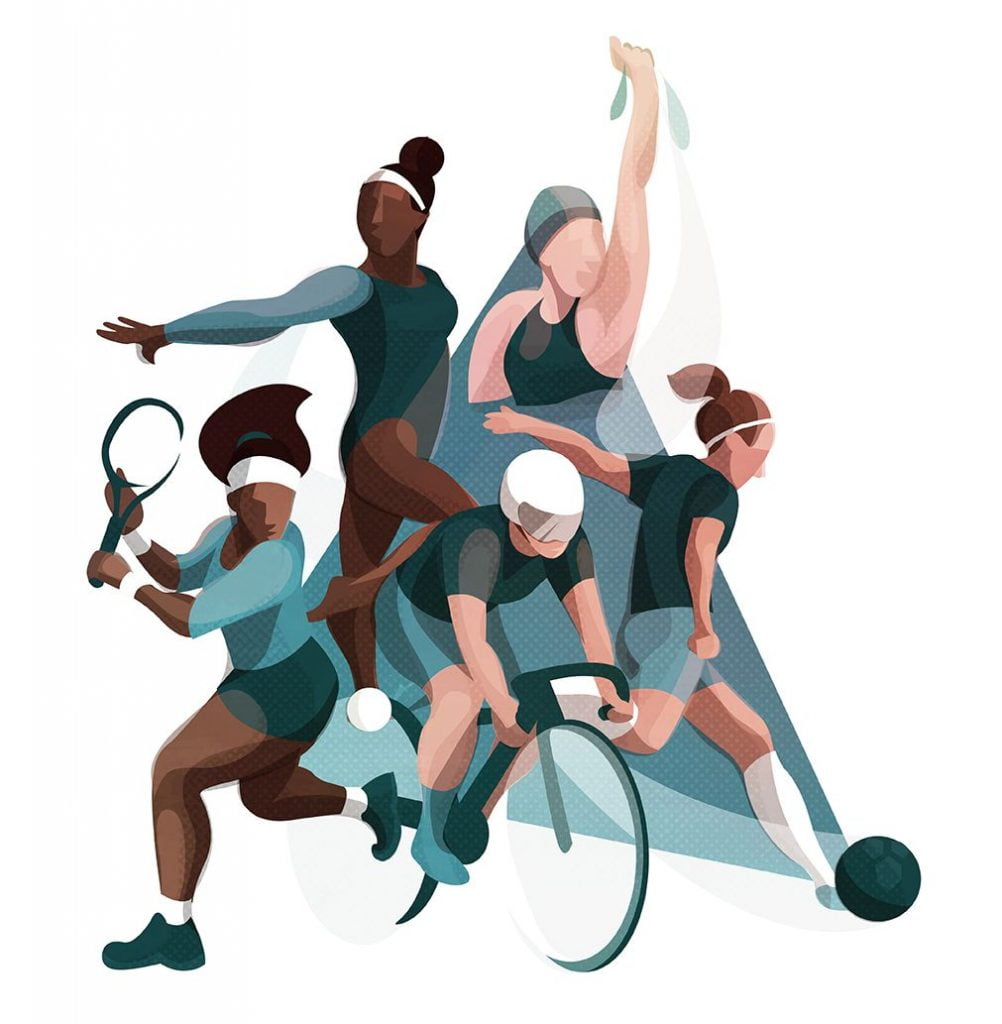
Who is an ideal woman in sports?
Susan Bordo, a feminist philosopher, argues that female bodies have been expected to fit into the mould of slenderness, grace and poise post the fitness era of the 1970s. Viewing the western ideal of slenderness in women as a reference point, muscular female sporting bodies have faced backlash throughout the history of sports—be it Florence Griffith Joyner in the late 1900s or Serena Williams from the 2000s till today. Female athletes’ merit has often been overshadowed by debates on their femininity, morality and ethical correctness. Their muscular bodies have been marked as deviant and masculine. Sports and society have devised multiple strategies to keep these bodies in check—strategies often implemented by organised sports and by sportspeople themselves.
Female athletes’ merit has often been overshadowed by debates on their femininity, morality and ethical correctness. Their muscular bodies have been marked as deviant and masculine. Sports and society have devised multiple strategies to keep these bodies in check—strategies often implemented by organised sports and by sportspeople themselves.
Discipline and Punish
Organised sports has disciplined and suppressed bodies mainly via two means—sex-verification and the implementation of dress codes. Governing authorities of sport have resorted to various means to verify the sex of participants. What happens now in the form of hormone testing used to be in the form of chromosomal testing and even, physical examinations. Female athletes were subjected to nude parades in the 1960s where physicians would examine their bodies for sufficiently feminine characteristics.
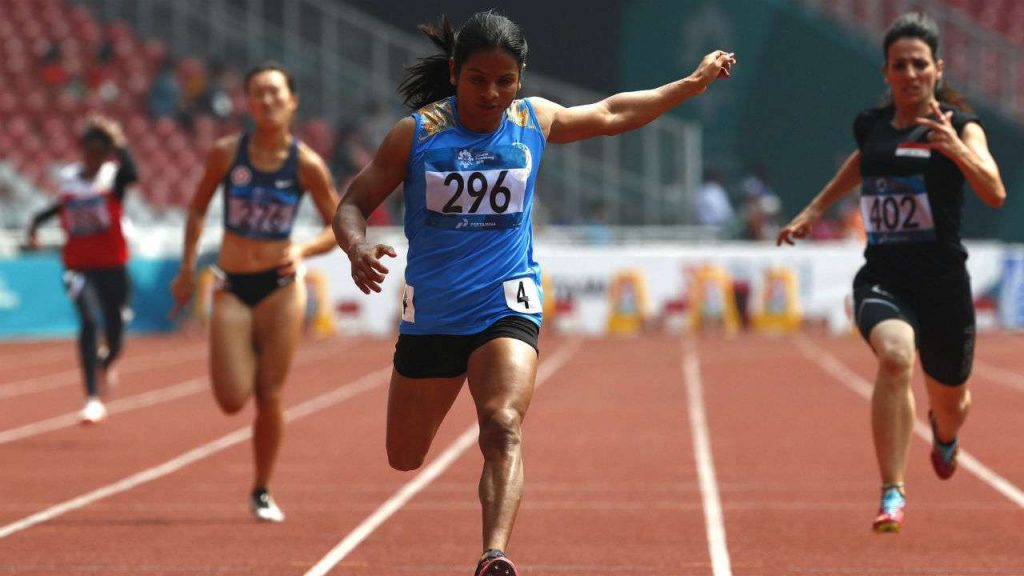
As more scientific methods of chromosomal testing and testosterone testing were introduced (not to say that these are not invasive), physical examinations were limited to suspicious cases. This practice has existed as recently as 2008, when for the Beijing Olympics, a sex-determination laboratory was set up for such suspected cases.
Who is to say which bodies are suspicious?
Who is to determine whose gender is worth being toyed around?
Also read: Video: Women In Sports And The Fight for Equality
Sport has used dress code in a Foucauldian sense as a punitive measure and a means to exercise control and in addition, to sexualise bodies for material advantages. When Serena Williams wore a cat-suit to the French Open in 2018, she and others were slapped with a ban on catsuits at the French Open from then on, as it supposedly disrespected the game and place. Disrespect for female athletes, on the other hand, do not stop with ex-post decisions but also declares eagerness by policing bodies in expectation of transgressions.
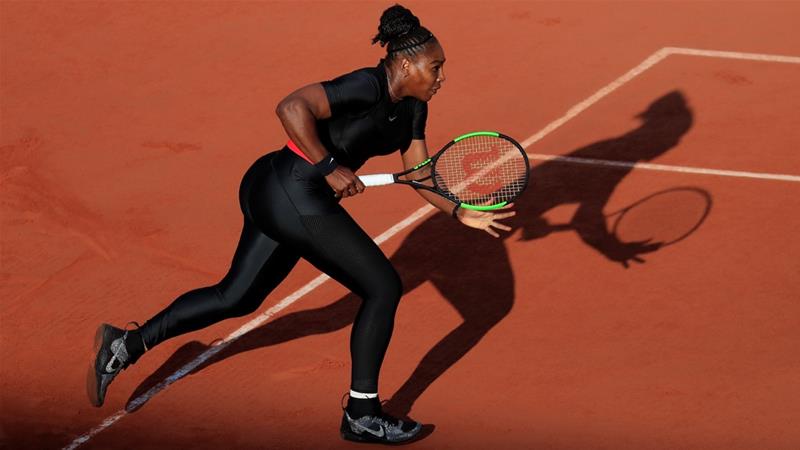
In 2017, the Ladies Professional Golf Association issued a dress code according to which female athletes were to be barred from wearing leggings, plunging necklines etc. When sport does not discipline and punish, sport sells sexualised bodies. In 2012, prior to the London Olympics, the Badminton World Federation limited female athletes’ on-court wardrobe choices to skirts and dresses, thereby effectively banning shorts and track pants, in an attempt to encourage sponsorship and viewership (as admitted to by the Federation) by commercialising femininity and female bodies.
Many female athletes tend to draw the limelight to their feminine traits by dressing in certain ways, by engaging in more conversations about their relationships and families, by minimising muscular development, and in a plethora of other ways. They self-police their bodies and their comportment in a bid to not be stripped of their femininity.
Female Apologetic
In a predominantly masculinised space such as sport, particularly in traditionally male-dominated sports, non-male athletes are often pushed to the wall when it comes to the performance of their gender on and off the field. Female athletes often resort to the “female apologetic”—apologetic behaviour to make up for challenging gender norms and body boundaries—to enhance the performance of their femininity and to dissociate themselves from being masculinised. Many female athletes tend to draw the limelight to their feminine traits by dressing in certain ways, by engaging in more conversations about their relationships and families, by minimising muscular development, and in a plethora of other ways. They self-police their bodies and their comportment in a bid to not be stripped of their femininity.

As Simone de Beauvoir said, “The body is not a thing, it is a situation: it is our grasp on the world and our sketch of our project.” When athletes use their bodies to emphasise and endorse “hegemonic femininity”, it corroborates the collective notions of ideal bodies and denigrates the powerful, muscular bodies of other athletes. For instance, when Maria Sharapova—one of tennis’ most visible players—expresses her wish to conform to the ideal of the slender body and disapproves of female muscularity, her actions showcase and can influence more than just her choices.
Also read: 5 Indian Women In Motorsports Defying Sexist Assumptions
Perhaps, it is time for sports to comprehend “Strong is Beautiful” as more than just an advertisement campaign. Perhaps, it is time for athletes to consider good old universal sisterhood in a step towards being more accepting of diverse bodies. Perhaps, it is time to shift the spotlight to athletes’ merit, hard work, sportspersonship and the multitude of values that sport brings to the table instead of reducing them to revenue-garnering bodies in need of policing. Perhaps, sport’s famous “blood, sweat and tears” is indeed gendered and it is going to require more than just a female unapologetic to turn the tables.
Varsha Gopal is pursuing her Master’s in Development Studies at IIT-Madras. Her research interests lie at the intersection of gender, sexuality and labour studies. She can often be found binging on sprinting videos, fawning over Serena Williams or adding to a never-ending to-read bookshelf. You can find her on Instagram and LinkedIn.
Featured Image Source: Women You Should Know


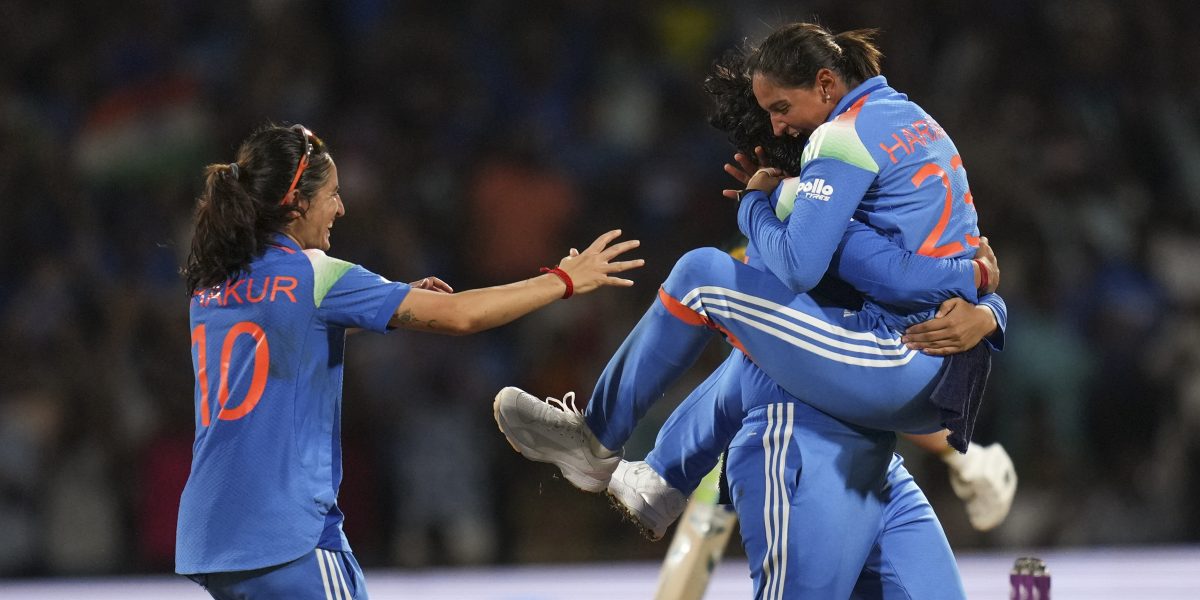
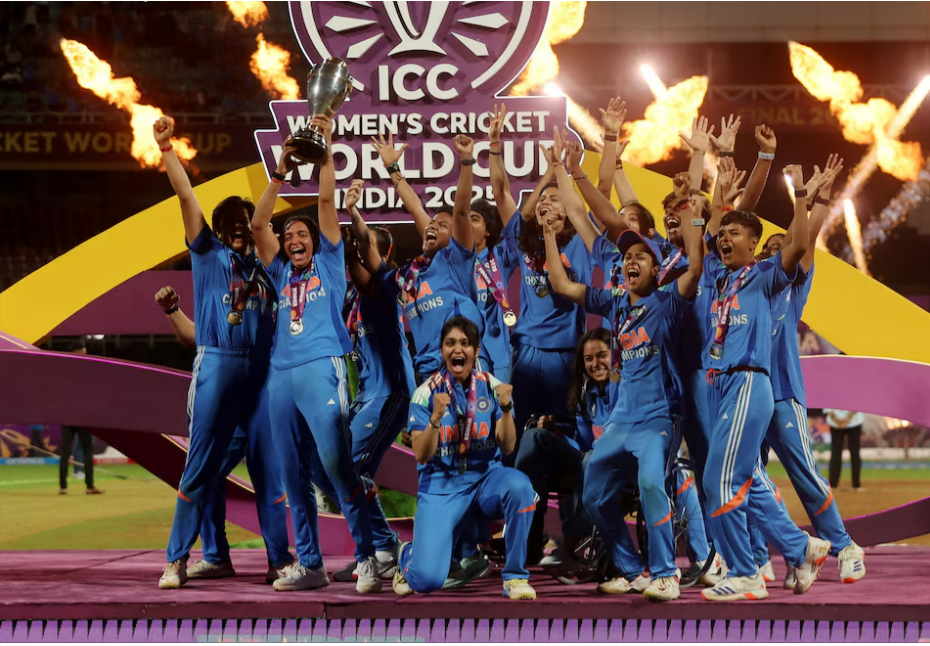

Well captured and to the point. A wonderful article that sheds light on something that blatantly happens before our eyes but we don’t discuss as much nor give it the necessary importance.
As a teenager who is questioning their gender, I always was stereotyped for being too tall for a person with a vagina. I was insecure about my desire to work-out and get ripped because of the fact that I was forced into this gender binary with all of its stereotypes about masculinity. Thank you so much!
When it comes to endurance sports, women can often leave men in the dust. Women’s greater amounts of estrogen seem to play a role in enabling some women to outperform men in endurance sports, especially in what are known as ultra-endurance sports. At marathon distances, twenty-six miles, women can perform identically to men—and in Boston’s 2003 Marathon the mean running time for the top 207 runners showed women’s times to be nearly five minutes faster, a mean time of 2:36:55 versus men’s men mean time of 2:41:33. But men on average have a harder time keeping up with women in ultra-endurance races of fifty-five miles or more.